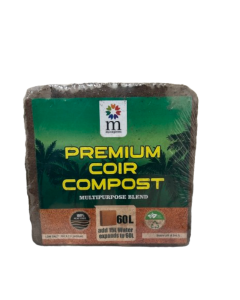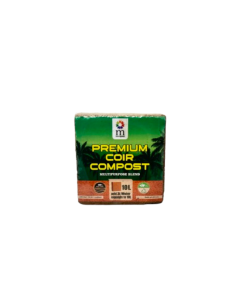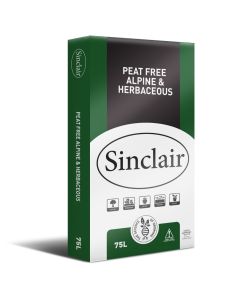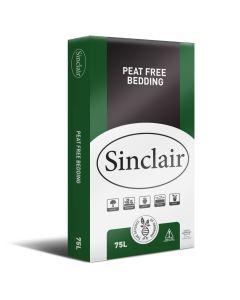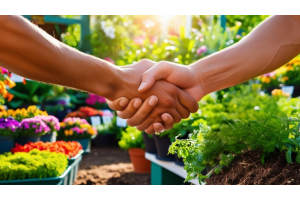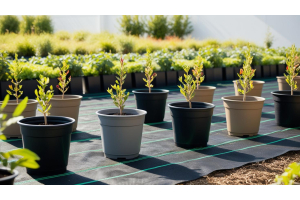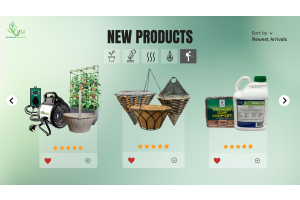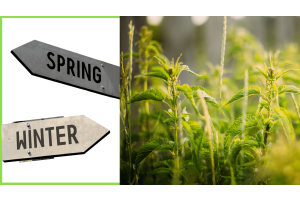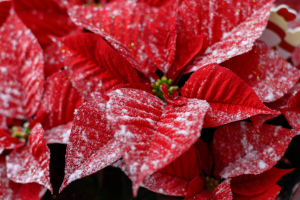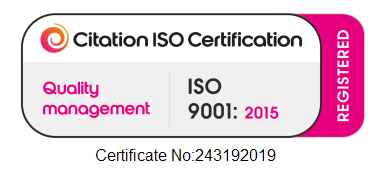The Impact of Peat-Free Gardening on UK Plants!
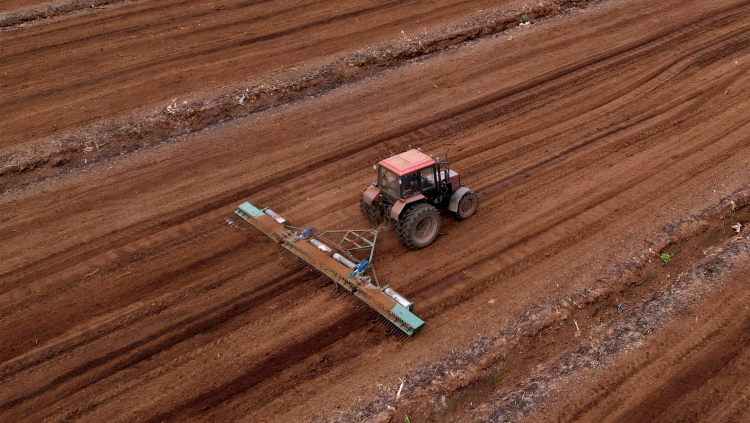
As the world becomes increasingly aware of the urgent need to protect the environment, the horticulture industry is also making strides towards more sustainable practices. One significant area of concern is the use of peat in gardening, which has raised questions about its impact on UK plants. Peat extraction can lead to the destruction of important habitats, release carbon dioxide into the atmosphere, and contribute to climate change. Consequently, many gardeners are opting for peat-free alternatives. In this blog post, we will explore which UK plants are most affected by the shift towards peat-free gardening.
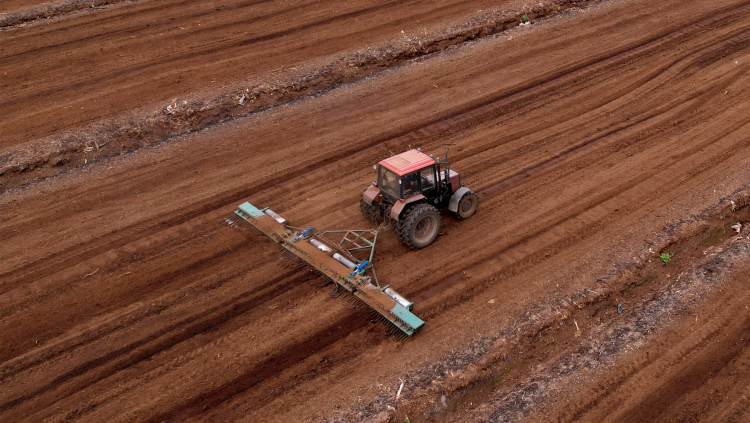

1. Acid-loving plants
Peat has traditionally been used in gardening because of its ability to provide an acidic environment. Acid-loving plants, such as rhododendrons, azaleas, and camellias, thrive in such conditions. However, the absence of peat does not necessarily mean that these plants cannot be grown successfully. Gardeners can create an acidic soil environment by using alternatives like ericaceous compost, which is specifically designed for acid-loving plants.
2. Bog and wetland plants
Peat bogs and wetlands are unique habitats that support a variety of plant species. Some plants, such as carnivorous sundews and bog cotton, are specifically adapted to these waterlogged environments. While the removal of peat can have a negative impact on these plants' natural habitats, it is still possible to cultivate them in a peat-free manner. By recreating the conditions of bog and wetland environments using alternative growing media and careful watering techniques, gardeners can continue to enjoy these fascinating plants.
3. Moisture-loving plants
Peat has excellent water retention properties, making it ideal for plants that require constant moisture. Certain moisture-loving plants, like ferns and hostas, may initially struggle when grown in peat-free environments. However, by incorporating organic matter like composted bark or coir fiber into the soil, gardeners can improve water retention and create a suitable growing environment for these plants.
4. Rare and endangered species
The extraction of peat can have severe consequences for rare and endangered plant species that rely on peat-land habitats for their survival. The destruction of these habitats can lead to the loss of unique plant populations and disrupt delicate ecosystems. Protecting these species requires a comprehensive approach that involves both conservation efforts and the development of peat-free alternatives for their cultivation. By supporting initiatives that focus on habitat preservation and promoting peat-free gardening, we can help safeguard these vulnerable plant species.
Conclusion
While the shift towards peat-free gardening presents some challenges for certain UK plants, it is important to remember that alternatives exist. By exploring and adopting sustainable practices, gardeners can continue to cultivate a diverse range of plants while minimizing the negative impact on the environment. Ultimately, the preservation of our natural habitats and the well-being of our planet should be at the forefront of our gardening choices. Let us embrace the opportunity to make a positive difference through peat-free gardening and ensure the long-term health of our beloved UK plants.

